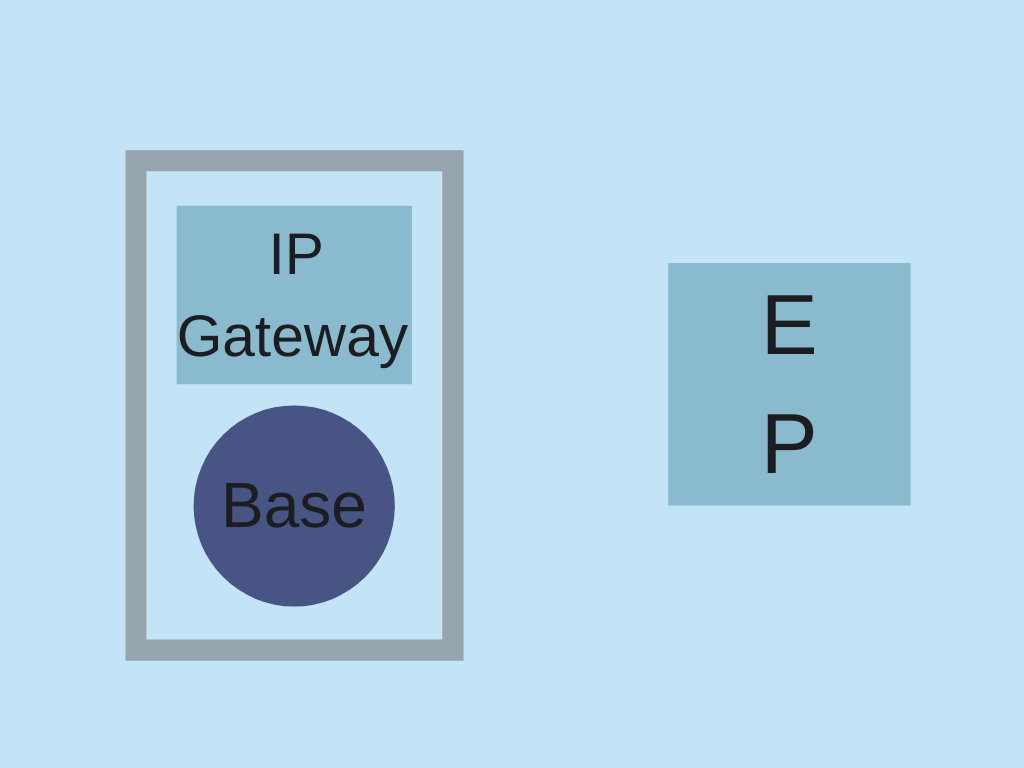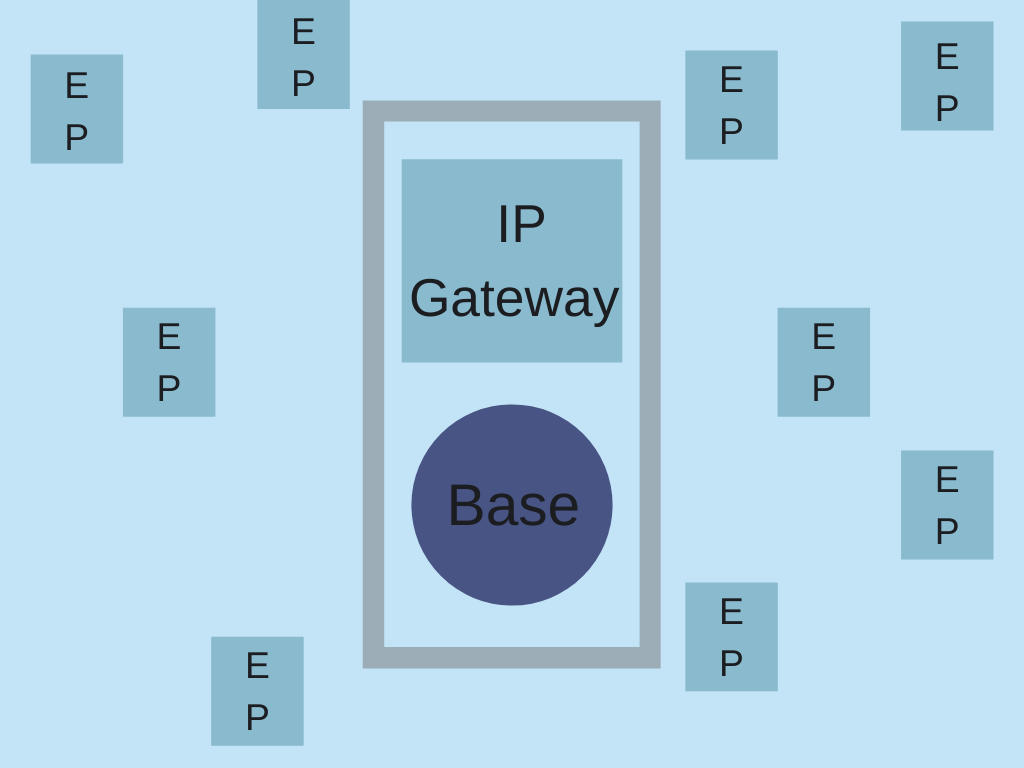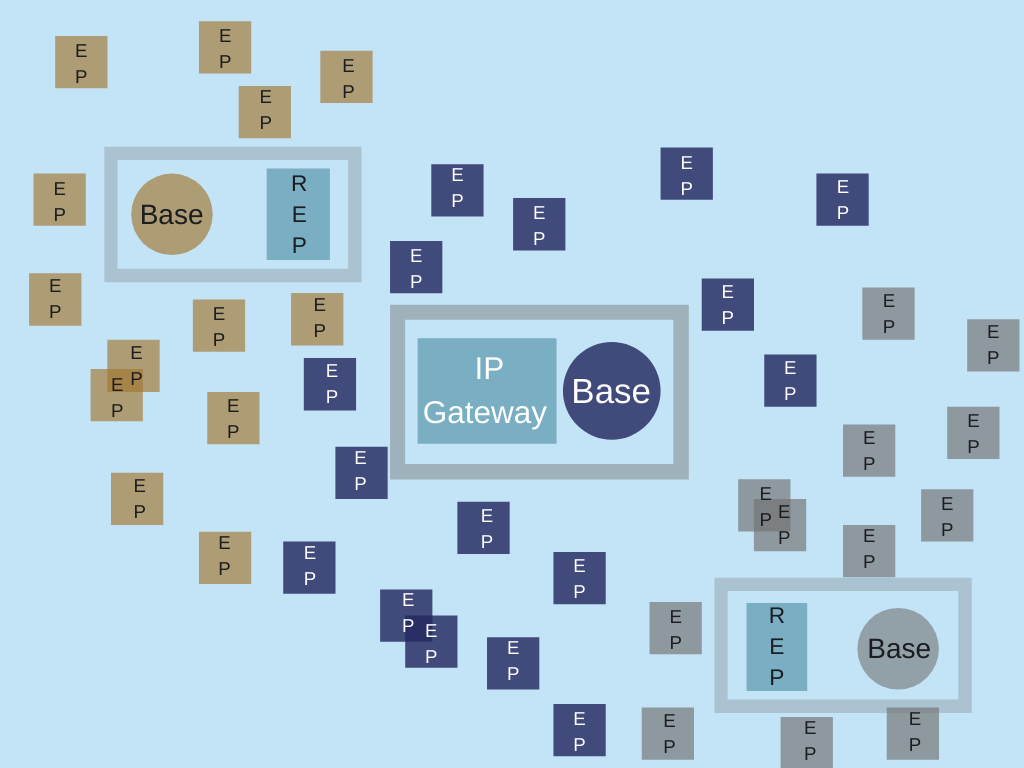Network Features
Your Aurora Wireless Network can be optimized to your requirements. There are three principle topologies to consider as you design your customized network.
Point to Point: In its most basic form, a base and endpoint communicate one on one. The base, as the “master”, usually initiates communication through a synchronized autonomous polling process however the endpoint can demand to be polled at any time. Communication can be once a day, every few seconds, or whenever needed but because the endpoint is always connected, latency is as low as one or two seconds.
Point to multipoint: Commonly referred to as a star, this configuration enables up to 32 endpoints to communicate with a single base station. A star configuration is preferred over a mesh because it maintains close to optimum endpoint energy efficiency. Communication can be once a day, every few seconds, or whenever needed however the available network throughput is shared between the endpoints depending on individual need. Built in features, such as the autonomous poll make it easy to collect data.
Extended Network: In this configuration, the network can be expanded including mesh like redundancy without significantly compromising the energy efficiency of the endpoints. In this way an optimum solution can be achieved for many applications.
There are several reasons to incorporate network extenders. For example:
- You can expand your physical network coverage or extend your reach. Network extender endpoints join with conventional bases to form starlets. Starlets link to other starlets allowing your network to grow commensurate with your needs. With a reach of several kilometers per link, your network can get you from the base of one mountain range to the far side of another. By daisy chaining multiple judiciously positioned network extenders ranges of 100 km or possible.
- You can enable a large number of endpoints to be accessed from a single host. Through a star and starlet approach, the number of endpoints within it can be multiplied.
- You can build in redundancy. If one base goes down, endpoints can readily attach themselves to another one in range and notify the host of their relocation.
Autonomous polls, hierarchical network activations, and super packets help make it easy and efficient to implement for modest data throughput applications.




